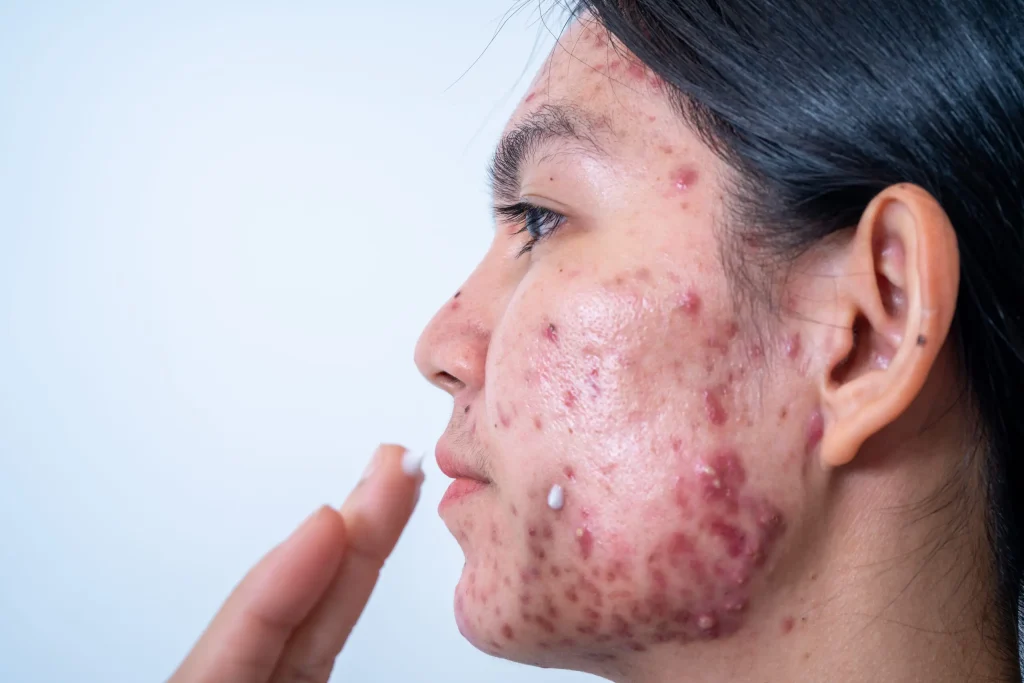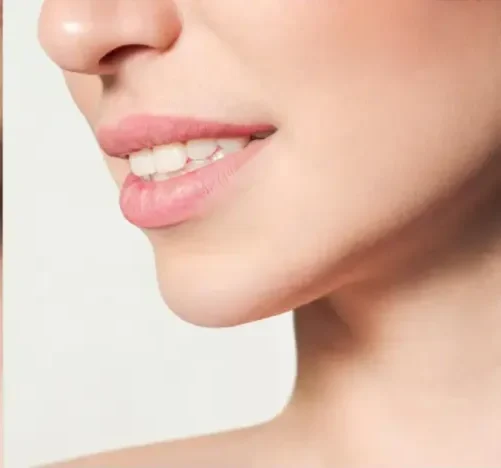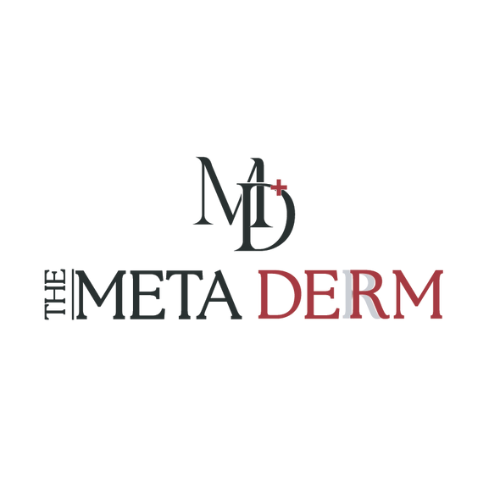Cystic Acne Treatment - Removals and Extractions
Acne cysts can appear on areas like the face, neck, chest, and back. They vary in size, ranging from small microcystic acne to larger, more inflamed cysts. Microcystic acne is usually treated with extractions, while more significant, inflamed cysts (Severe Acne/Deep Pimple) benefit from anti-inflammatory cortisone injections.

Key Highlights:
- Cysts are commonly found in men with acne.
- Superficial cysts can be treated with lasers and oral medications.
- Deep cysts are most effectively treated with cortisone injections.
- Both laser treatments and cortisone injections are generally painless.
- After removal, deep cysts typically do not recur.
- Timely and proper treatment can minimize the risk of acne scars.
Our results speak for themselves






Cyst Treatments, Extractions & Removals at a Glance
- Best Results: 1-3 Sessions
- Procedure Duration: 15-30 Minutes
- Result Longevity: Permanent in Most Cases
- Back to Daily Activities: Immediately
- Recovery Time: 0-2 days
- Anesthesia: Numbing
- Performed By: Dermatologist
- Cost: ₹ (Consultation required)
Our dermatologists can apply anti-inflammatory medications to significantly reduce cyst size within 24 hours. Deep acne cysts can also be treated with erbium, Nd YAG, and CO2 lasers, helping to alleviate flare-ups and accelerate acne healing.
Frequently Asked Questions
Superficial cysts are easy to identify, but deeper cysts need more careful evaluation. These are known as microcystic acne or submarine comedones, typically found on the chin, cheeks, jawline, and mouth area.
Deep cysts tend to be multiple and measure 1-2 mm in diameter, becoming more noticeable when the skin is stretched.
No, especially in deep cyst cases, creams and ointments are usually ineffective in treating them.
Large, superficial inflammatory cysts may resolve on their own within 1-3 weeks. However, if inflammation is severe, scarring can occur. Deep cysts typically require treatment or extraction for resolution.
We highly recommend against trying to pop a cyst at home. Treating severe acne and deep pimples can be difficult, and early intervention by a dermatologist is key to minimizing the risk of permanent scarring. Cystic acne scar treatment can be complex and challenging.
Cystic acne is often a result of hormonal fluctuations or adult jawline acne, especially around the mouth. It is commonly seen in individuals with PCOS (Polycystic Ovary Syndrome).

